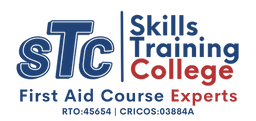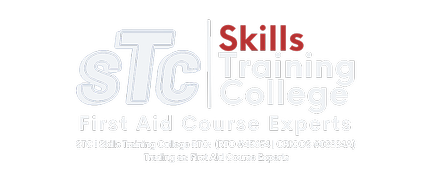The recovery position is a First Aid technique that places an unconscious, non-responsive, or recovering person on their left side and keeps their airway open to prevent any vomit, blood, or stomach content from entering their lungs, causing them to aspirate.
Aspiration occurs when food, drink, or foreign objects are breathed into the lungs where they do not belong while the person is unconscious.
The recovery position allows the air to flow easily and directly into a person’s lungs if they are unconscious and breathing or conscious and breathing but in recovery and do not require any further First Aid, only monitoring until an ambulance arrives.
The recovery position is ideally performed with the patient on their left side. However, the right-side recovery position can be used if there is an injury on the left side or if confinement, body weight, or other factors hamper the ability of the First Aid responder to turn the person to their left side.
How Do I Place A Person Into The Recovery Position
The way you put someone into the recovery position is a simple and easy-to-follow process. It doesn’t matter if the person is awake or unconscious. The recovery position is the safest position for them to recover. As applicable, the following instruction can be performed from both sides, but this article will be completed from the right-hand side. Reverse the steps to turn the person from their left to their right-side recovery position.- Lie the person flat on their back.
- Place yourself on your knees around the height of their waist on their right-hand side.
- Position their left arm at a right angle to their body until it looks like they are making a STOP sign with their palm facing up towards the sky.
- Take the right arm and place their open palm against their left cheek or ear, tucking the elbow in so that it aligns with their belly button and makes turning them easier.
- Lift their right leg upwards at the knee joint until it looks like a mountain. Their right foot should be flat on the ground.
- Placing your right hand on their right knee and your left hand at their shoulder, in unison, roll the person away from you so that the person is facing away from you.
- Position the supporting hand under the cheek so that it doesn’t block access to the airway but does support the head.
- Then straighten out and arrange the mountain leg to anchor the body on its side, preventing it from rolling backwards when you move away. Imagine they are throwing their leg over an invisible pillow to secure it in place.
- Tilt the head back slightly to establish a clear airway, and if needed, use the hand under the cheek to keep the airway open and stop the head from dropping to block the airway.
- While waiting for help to arrive, monitor their breathing and airway. Talk to them, and reassure the person, keeping them calm until help arrives or they have recovered from their seizure, drowning, or non-life-threatening situation if they regain consciousness and an aware state while in the recovery position.


